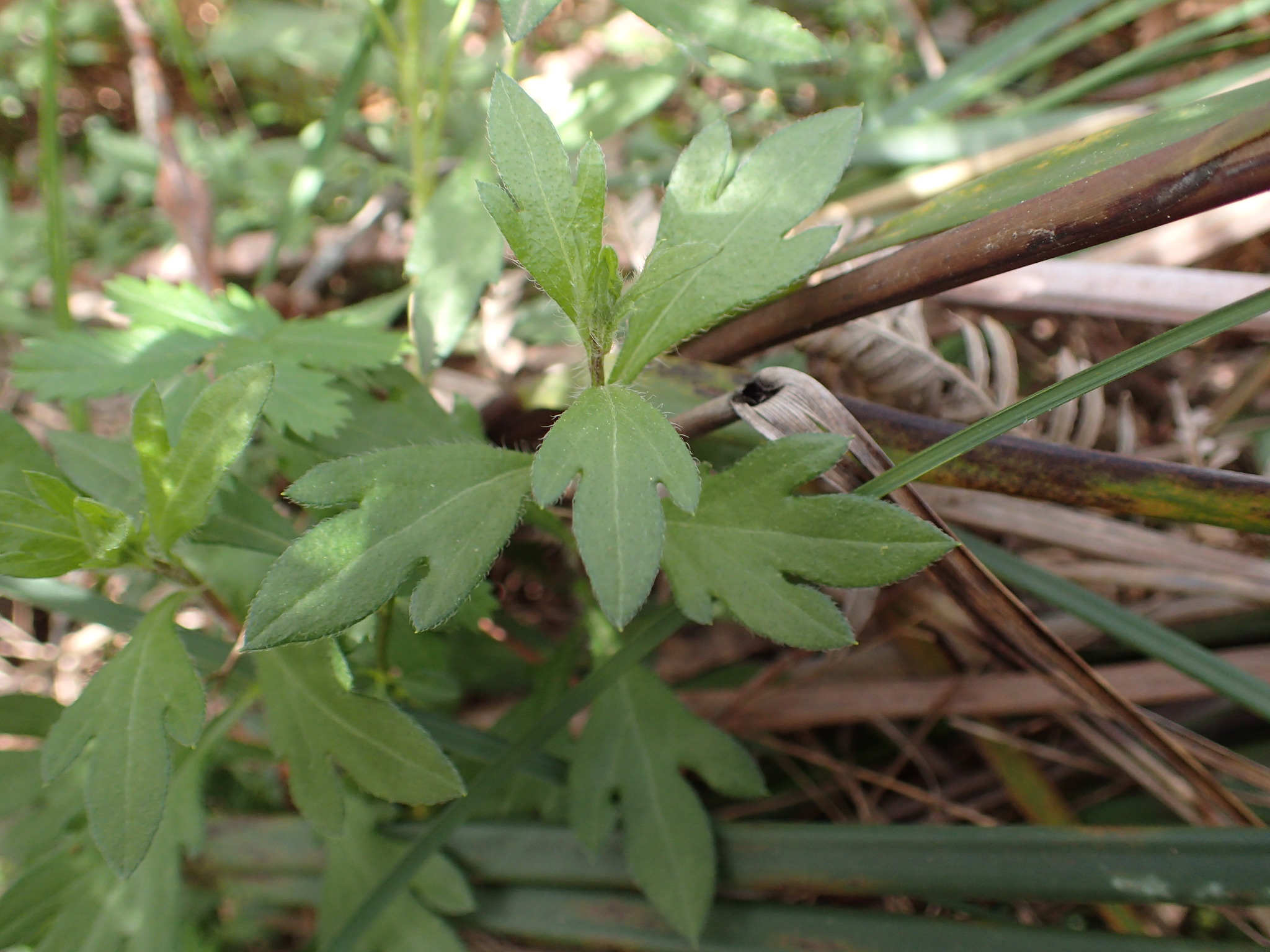
Greek eri — early, geron — old man, a probable allusion to the fast transition from flowers to fruit.
Annual or perennial herbs, rarely subshrubs or shrubs, usually hairy. Stems erect, ascending or decumbent, branched or simple. Leaves basal and/or along stems, alternate, margins entire, toothed or lobed. Capitula radiate, terminal, solitary or in corymbs, with stalks. Involucral bracts in 2-4 rows, overlapping, unequal. Receptacle flat. Ray florets female, ligulate, white, pink, blue, purple or rarely yellow. Disk florets bisexual, tubular, yellow.achenes oblong, sometimes compressed, hairy or glabrous. Pappus a single row of barbed bristles, sometimes with an outer row of scales, rarely entirely absent.
Three species have become naturalised in Australia.
Small capitula with numerous involucral bracts and shortly ligulate ray florets.
About 200 species from Europe, Asia and N and S America. Australian taxa formerly in Erigeron have been removed to other genera.
Neson (1992).
Source: (2002). Dahlia. In: . Horticultural Flora of South-eastern Australia. Volume 4. Flowering plants. Dicotyledons. Part 3. The identification of garden and cultivated plants. University of New South Wales Press.
